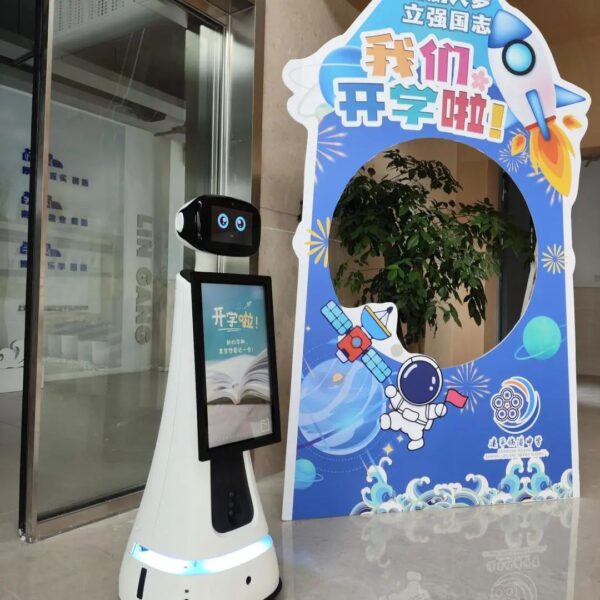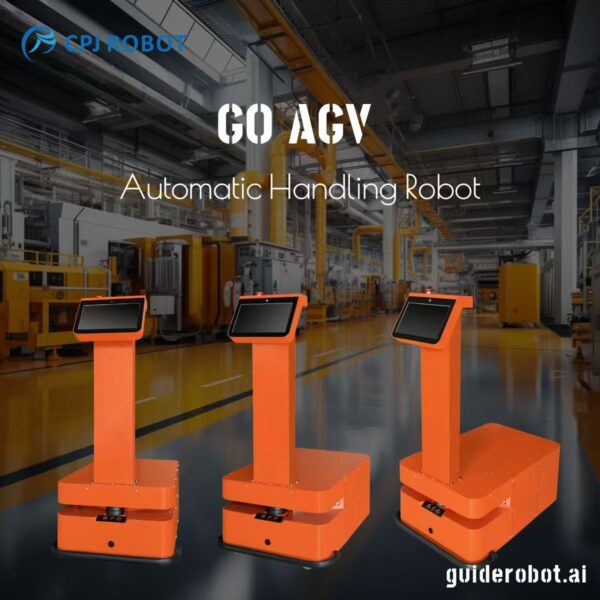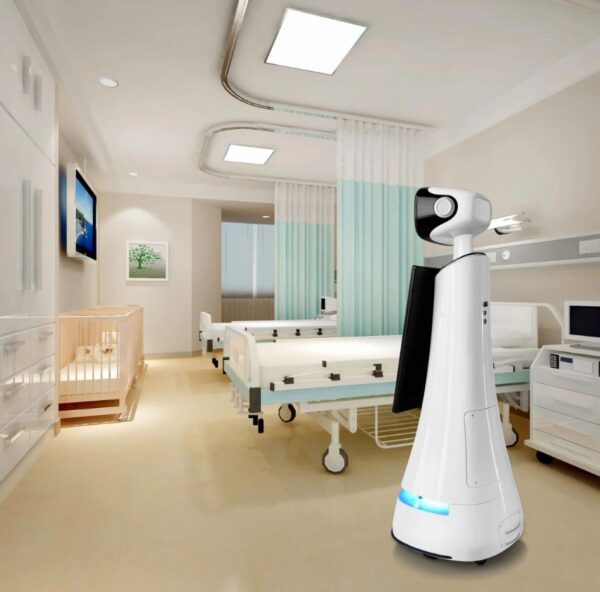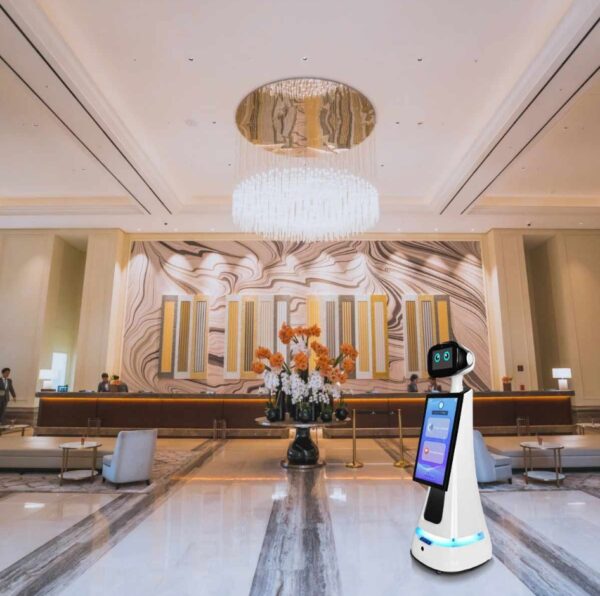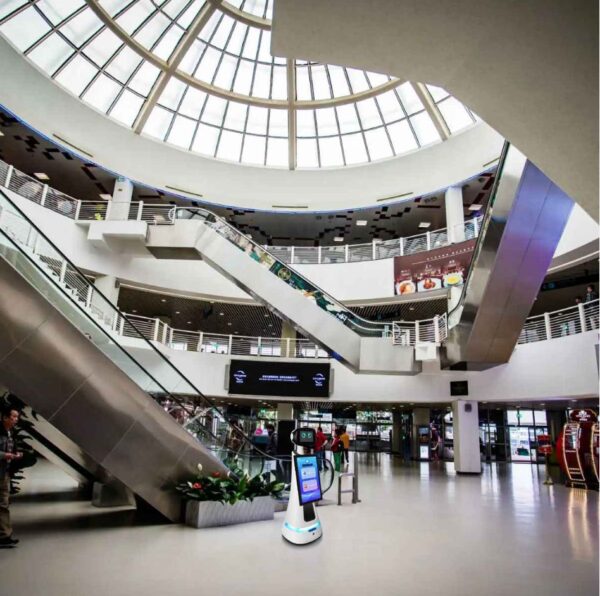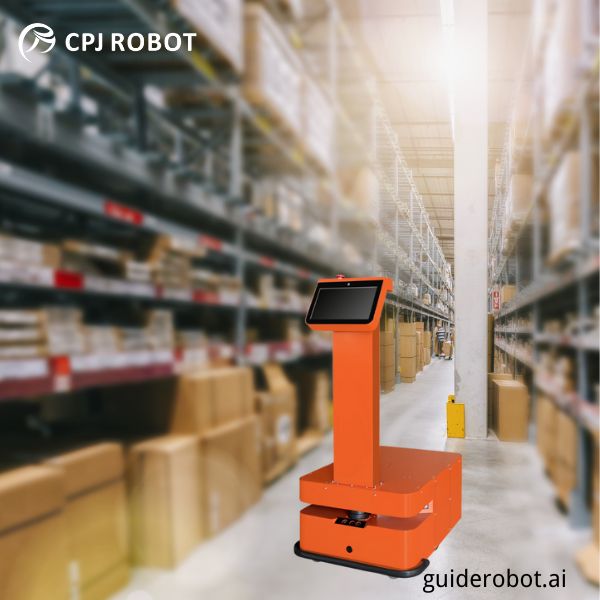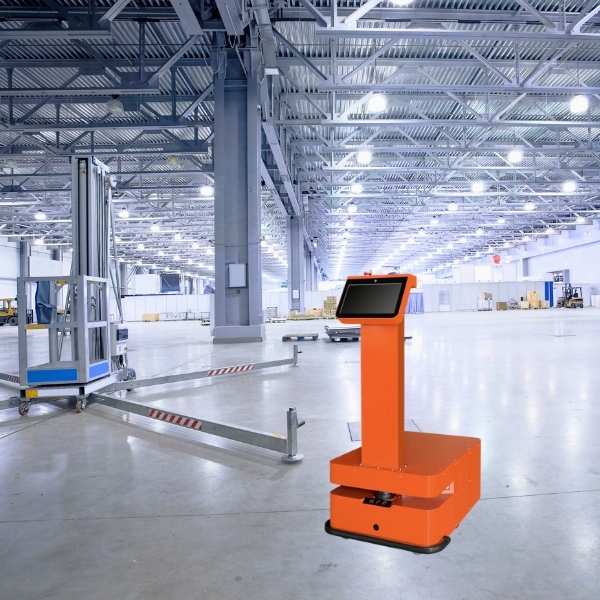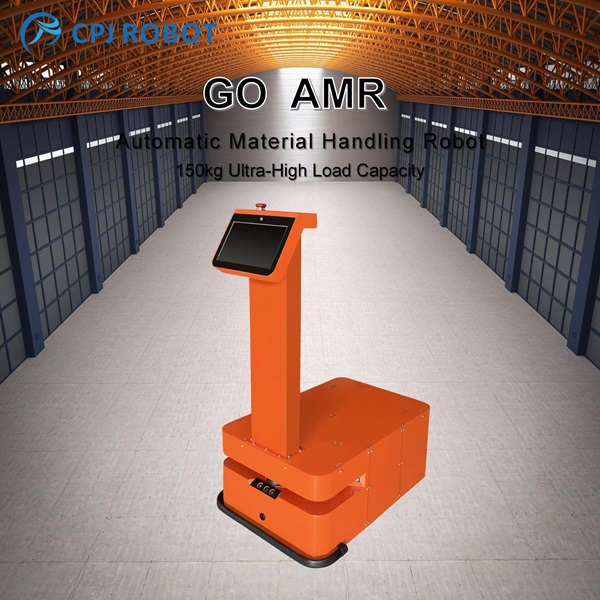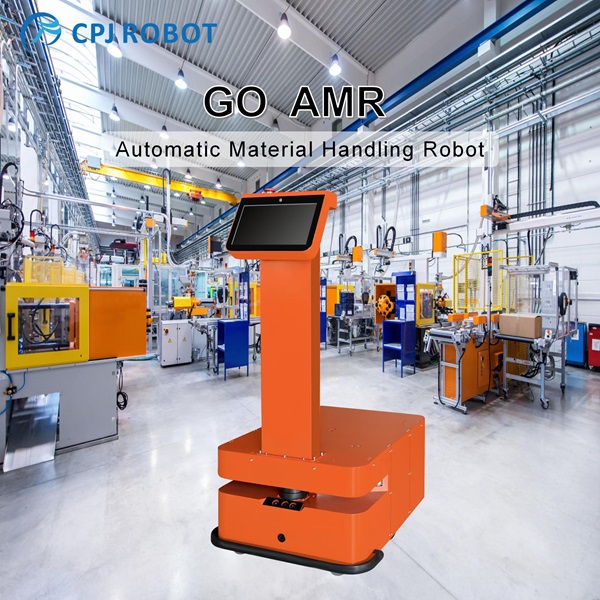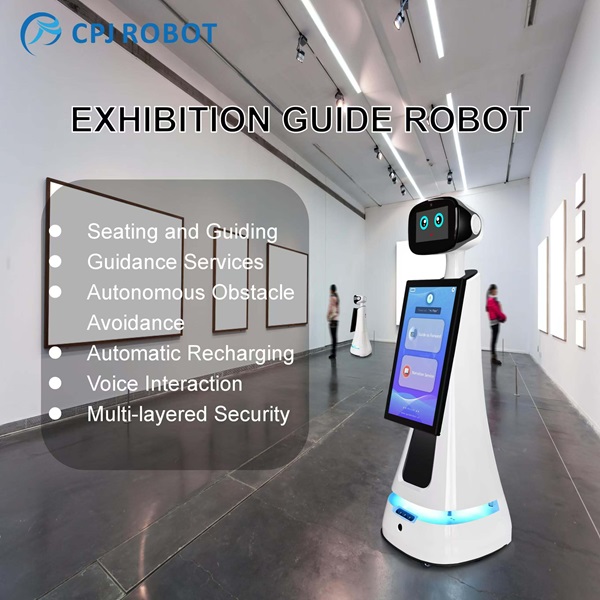Transforming Education with Reception Robots: Enhancing Schools with Advanced Technology
Introduction In recent years, reception robots have become a valuable asset in educational institutions, revolutionizing how schools interact with visitors, support teaching, and enhance student learning experiences. From intelligent information services to teaching assistance and personalized learning, these robots are paving the way for smarter, more efficient educational environments. 1. Information Services and Reception Assistance…
